Courgette, Peas, Mint and Polenta
It has begun. Courgette season. The time of year when we have more courgette than we know what to do with and the challenge becomes obvious, how to keep them exciting when we eat them every day. This is the second in my courgette themed recipes that I plan to lump into a collection for years to come. If you missed it, the first was a tomato and pickled courgette salad.
In case you aren’t aware, polenta is made from hulled and ground corn. Not as fine as corn flour / corn starch, but with similar thickening qualities, polenta is a wonderful, naturally gluten free ingredient that has been widely eaten since Roman times. It can be cooked into a set block and served like cheese on a wooden board, simmered into a mash, porridge or soup, set in the fridge to be chopped up and fried as wedges, or even baked into a cake. If you haven’t cooked it before then making a polenta soup is probably the most user friendly introduction, but the mash is a close second. Most importantly, we have to make sure we season the polenta as it’s flavour is completely transformed by a pinch of salt and a dash of cream or crème fraiche.
Cooking Alongside the Garden
As you may have seen from Huw’s latest video, last week involved a fair amount of harvesting in order to free up space for an early start on Autumn and Winter crops. Lots of Llanover peas, broad beans, onions, shallots, and beetroot, making way for the leeks, kale and some extra radish squeezed in. Working in such a way means flexibility in both the garden and the kitchen, allowing the seasons and weather to determine how we can provide the best conditions for the plants, and how we can make the most of the abundance in food.
My approach to the recipes we share is to focus on one main cooking technique for one main ingredient, then compliment it with a handful of other elements. I hope that you might discover a love for cooking that ingredient one way, then discover how it is transformed by cooking it differently. Once you’ve tried a few out, you might see a new recipe and decide you’d rather swap an ingredient out for something you need to use up, or change how you’d like to cook the feature ingredient to a technique you’ve fallen in love with. It’s this flexibility that I hope to inspire in you, alongside an arsenal of simple but effective cooking techniques to make the most out of what you grow.
As a key part of our approach, we try to do what is best for the garden and it’s various ecosystems. To this end, we’ve been planting and using a lot of herbs like coriander and letting them run to seed. The bees adore coriander flowers as much as we adore green coriander seeds.
So you’re likely to see this ingredient pop up in recipe from time to time. You can use dried coriander seeds instead but the green version is much more delicate in flavour and provides a soft texture to a dish. I highly recommend that you grow your own as they make a wonderful flower to pop in the corner of a raised bed, one that you can enjoy both the leaves and the seeds.
Freezing Peas
Ingredients are always at their best when eaten fresh, but during times like these it becomes impossible to keep up with the production of the garden unless you’re feeding a large family or giving food away. Preserving food involves a lot of knowledge that most aren’t familiar with anymore, besides using a freezer. But even this isn’t as straightforward as it might seem. If you’re new to growing your own food, in this case peas, then here are a couple of tips for freezing them.
Firstly, separate the pods into two bowls. The first is for the smaller, sweeter peas. The second for the more developed, starchy peas. Shell the peas into two more bowls, keeping them separate still, then boil a saucepan of salted water. The reason it’s important to salt the water is because it raises the mineral content of the water to more closely match that of the peas. This stops the peas losing as many nutrients (via osmosis) as they cook.
Next, add the more starchy peas to the boiling water and set a timer for 30 seconds. Once the 30 seconds are up, add the sweeter peas and time for a further 40 seconds. This gives the starchy peas enough time to soften. Now quickly remove them from the boiling water and plunge them into a bowl of iced water. Leave them there for 5 minutes, then lay them out over a paper towel to dry off.
Once they’ve dried, line a baking tray with a sheet of baking parchment and tip the peas onto it so they are one layer deep. Place the tray in the freezer for an hour before transferring them to a more compact freezable container. When it comes to eating the peas, pop them back into boiling water for 1 minute from frozen and serve right away.
Courgette, Peas and Polenta Recipe
Serve 2 Main
1 Large courgette
50g Sunflower seeds
4 tbsp Green coriander seeds
160ml Single cream / crème fraiche
150g Peas
160g Polenta (or quick cook polenta)
640ml Stock / water
1 Clove of garlic, crushed
A bunch of freshly picked mint
1 tsp Green pesto*
Drizzle of extra virgin olive oil
1 Clove of black garlic, thinly sliced
Salt and pepper
*Or make your own with a handful of fresh basil, 1 clove of garlic, 50g toasted pine nuts, a squeeze of lemon juice and a drizzle of olive oil. Blend everything in a blender or crush it in a pestle and mortar, then mix with oil by hand in a separate bowl.
Step 1.
Crush the fresh clove of garlic and fry it in a medium sized saucepan with a drizzle of oil and a pinch of salt. When it begins to soften, add the polenta with all the water or stock (stock adds more flavour, but use water if you’re watching your salt intake). Make sure to stir the polenta as you add the water to avoid lumps forming. If they do, use a stick blender to remove them. Continue to cook the polenta, stirring it every few minutes, for 35 minutes.
Note: You can use a quick cook polenta / instant polenta. Follow the instructions on the pack and carry on with Step 2 onwards.
Step 2.
Whilst the polenta cooks, preheat the oven at 190C / 375F. Pop the sunflower seeds on a tray and toast them for 10 minutes until golden brown, then set aside for later.
Step 3.
Place a wide based frying pan on a high heat and let it get hot before adding a dash of oil. As it heats, cut the courgette in half through its diameter, then in half again lengthways. If it’s a really big one, you may need to cut it into three lengthways. You want to cut the whole thing into wedges that are 1-2cm across and the right length to lay in your frying pan. When the pan is hot, place the courgette wedges side by side in it and drizzle with oil. This may spit a bit so watch your fingers. Leave them for 2 minutes before lifting one with tongues to check if it’s browned enough. When they have, flip them onto another side and repeat until all exposed sides are cooked. Then place them on a paper towel to absorb any extra oil.
Step 4.
By now the polenta will be nearly ready. Add the cream or crème fraiche and stir it in, adding a little more water if it is too thick. This will make the polenta deliciously smooth, complimenting the salt we added earlier.
In a separate pan, bring 400ml of water to the boil and drop the fresh or frozen peas in. Simmer for 45 seconds if fresh, or 1 minute 30 seconds if frozen. Drain, and add them to the frying pan you cooked the courgette in. Add your pesto to the peas with some chopped fresh mint and loosen with a drizzle of oil if it’s too thick.
Step 5.
Taste the polenta and adjust the seasoning to taste. Plate up by spreading a dollop of polenta on the plate, then pile everything else on top. Drizzle with oil and sprinkle with thinly sliced black garlic and toasted sunflower seeds.




